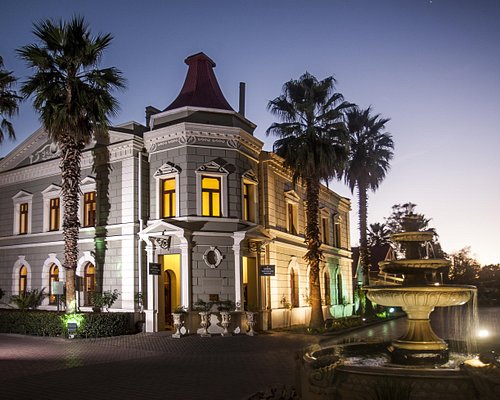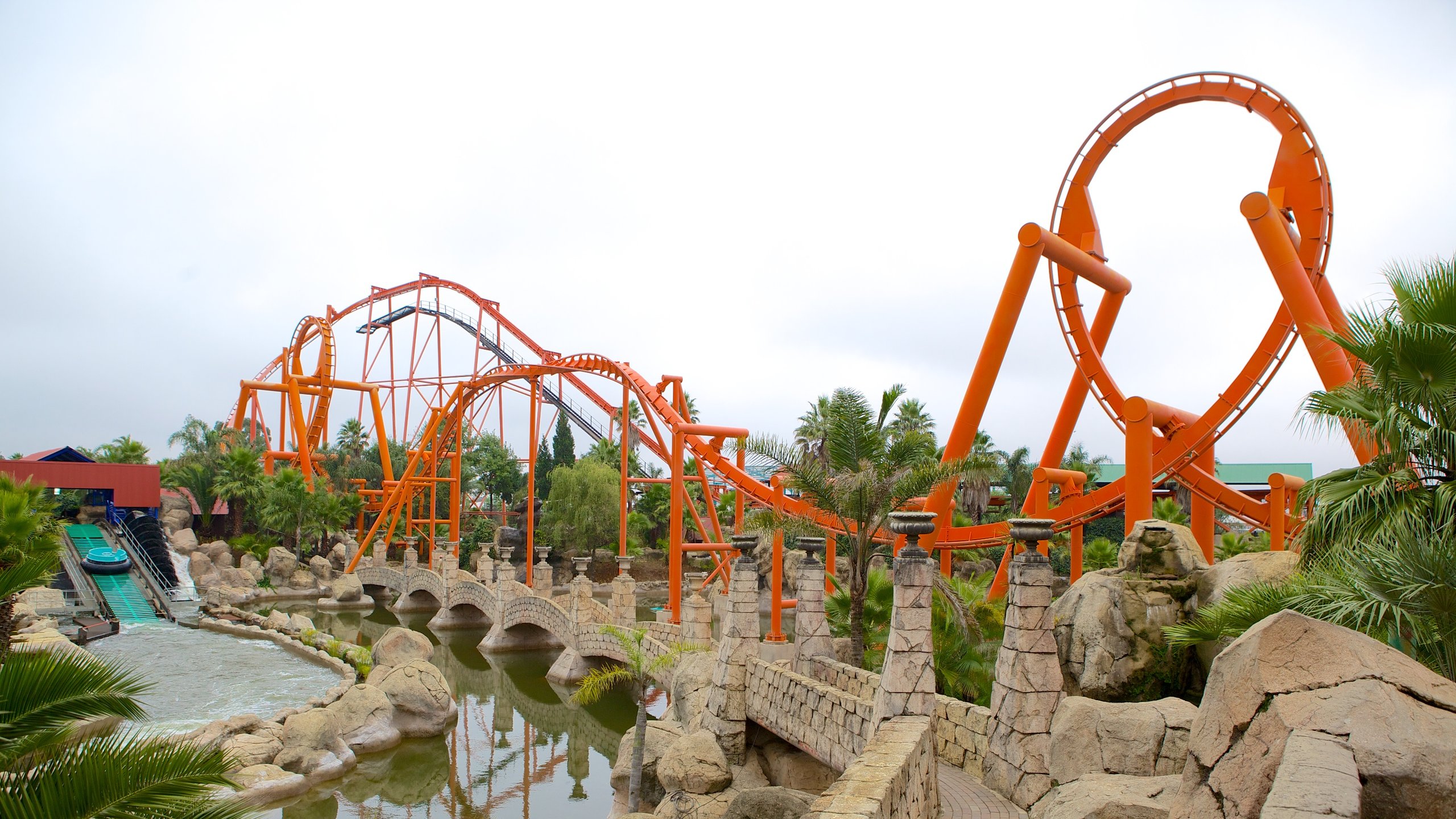All about Johannesburg North Attractions
All about Johannesburg North Attractions
Blog Article
Some Known Questions About Johannesburg North Attractions.
Table of ContentsSome Known Details About Johannesburg North Attractions The smart Trick of Johannesburg North Attractions That Nobody is Talking AboutJohannesburg North Attractions for BeginnersJohannesburg North Attractions Fundamentals ExplainedNot known Facts About Johannesburg North AttractionsThings about Johannesburg North AttractionsJohannesburg North Attractions for Beginners
You ought to maintain security in mind and visitors must continue to be alert at all times when in unknown environments. Talk to the locals when you remain in community to discover the location you are staying in. Johannesburg North attractions. When on the street (this doesn't put on shopping center and other safe and secure environments) finest basic recommendations is to attempt your best to look like a neighborhood and to avoid showing any type of riches
Johannesburg North Attractions Fundamentals Explained
Teacher Revil Mason O. J. (Thomson, 1946) explored the Witwatersrand's pre-colonial history. His archaeological work exploded the 'em pty land' misconception, according to which the area was lacking human habitation before the arrival of European inhabitants. In his magazines Prehistory of the Transvaal: A Record of Human Task (1962) and Beginnings of Black People of Johannesburg and the Southern Western Central Transvaal AD 3501880 (1986 ), Professor Mason demonstrated the extent of social and economic advancement in the location prior to Europeans set foot right here.

All about Johannesburg North Attractions
He acted with the government's consent, granted after he had testified maintain his explorations secret. In 1874, small mining procedures were started in the Magaliesberg, where an Australian, Henry Lewis, had actually discovered gold deposits. In 1878, David Wardrop found gold in quartz veins at Zwartkop, north of Krugersdorp. In 1881, Stephanus Minnaar found gold on the ranch Kromdraai, near the Cradle of Mankind.
In March 1886, an outcropping (soon to be called the Main Reef) was located, rather fortuitously, on Gerhardus Oosthuizen's ranch Langlaagte. Some state that the Lancastrian coal miner George Walker found this reef. One more travelling English prospector, George Harrison (that had previously operated in Australian mines) acquired a prospecting permit in respect of Langlaagte in May 1886.
He determined to go on in a quest for greener fields, and disposed of his Langlaagte claim for the handsome amount of 10. Alas: beneath lay the wealthiest goldfield ever found. The discovery of this abundant auriferous reef provoked a gold rush that indicated the end of bucolic serenity in the southerly Transvaal.
It would, within 6 years, come to be the largest community in southern Africa. Within a decade, it would certainly make the Z. A. R. up until then an anarchical and insolvent little state the wealthiest nation in Africa. By the turn of the century, the Z. A. R. was to exceed Russia, Australia and the United States of America to come to be the world's leading gold producer, producing greater than a quarter of the world's gold.
Indicators on Johannesburg North Attractions You Need To Know
It was referred to as Ferreira's Camp, called after Colonel Ignatius Ferreira. He was a Boer traveler upon whom the British authorities had bestowed the standing of Companion of one of the most Distinguished Order of St Michael and St George (entitling him to the post-nominal letters C. M. G.) in appreciation for his function in the war that had deposed the Pedi king Sekhukhune in 1879.
Soon go to this site the camp try here was including outdoors tents and wagons as newbies got here daily from far and wide. By September 1886, some 400 people stayed in Ferreira's Camp, which quickly boasted erected iron and timber structures. 2 other camps were developed: Meyer's Camp on the ranch Doornfontein, and Paarl Camp. The latter was nicknamed Afrikander Camp; many individuals from the Cape Nest resolved there.

Things about Johannesburg North Attractions
This name acquired money by word of mouth, such that the State Secretary attested the name to the Mining Commissioner on 9 October 1886. Stands in the town why not try here were auctioned on 8 December 1886. While some stands were sold for 10, others were knocked down for as low as sixpence.
2 years later, these erven were to transform hands for as high as 750 each. The tented camps dwindled as a dorp of corrugated iron buildings established and expanded north of the mines located along the Main Coral Reef Roadway. Locations such as Jeppe's Community (where working-class immigrants erected their residences) and Doornfontein (where the affluent new 'Randlords' started to build their opulent homes) were quickly added to the ever-expanding map of the town.
The Definitive Guide to Johannesburg North Attractions
Besides the street names, there were no indications of Johannesburg being situated in a Dutch-speaking country. Years later on, C. W. Kearns O. J. (among the very first young boys enrolled at St John's University in 1898) would certainly recall: 'An unusual fact regarding Johannesburg was that, although it was in the [Boer Republic], nearly everyone talked English and even the Federal government slaves resolved one in English, unless they were very first dealt with in the Taal (or Low Dutch)'.
Britain had a passion in making certain optimal conditions for gold manufacturing on the Witwatersrand, and that the gold was exported to London instead than Berlin a critical made all the more clamant by the Z. A. R.'s boosting toenadering with Germany. Mine owners were on an accident course with Head of state Kruger, whose plan of monopolistic concessions (usually given to his cronies) prevented mining companies from obtaining products of materials (particularly dynamite) and labour by themselves, cheaper terms
The 6-Minute Rule for Johannesburg North Attractions
In 1890, the Volksraad had actually limited the franchise business to white men that had actually resided in the Z. A. R. for fourteen years or longer, thus disqualifying most of the immigrants (that took place to be the significant factors to the fiscus). Anxiety for the ballot was a simple pretext for promoting a different agenda; a lot of uitlanders concerned themselves as momentary site visitors and had no objective of staying in the Z.
Report this page